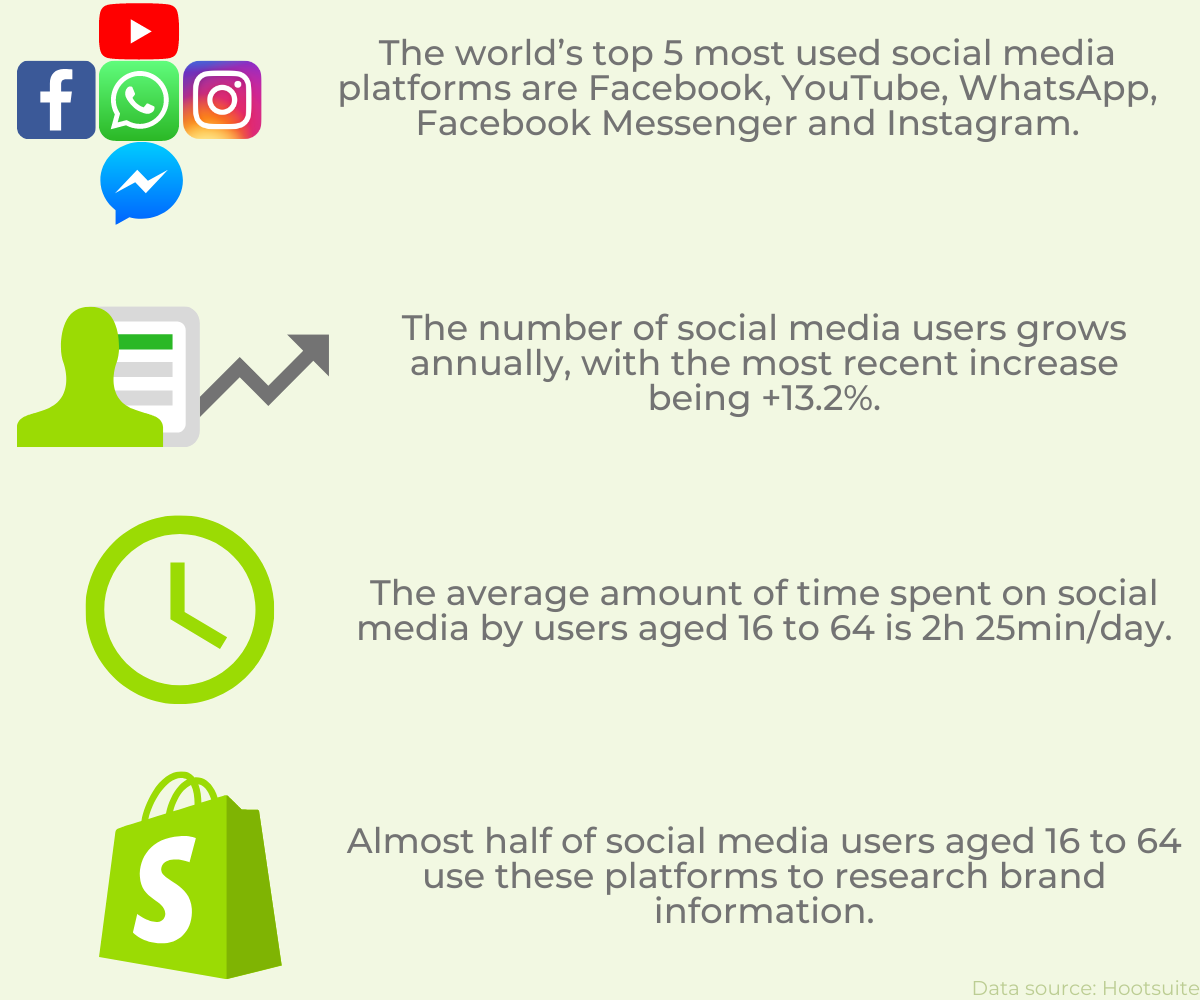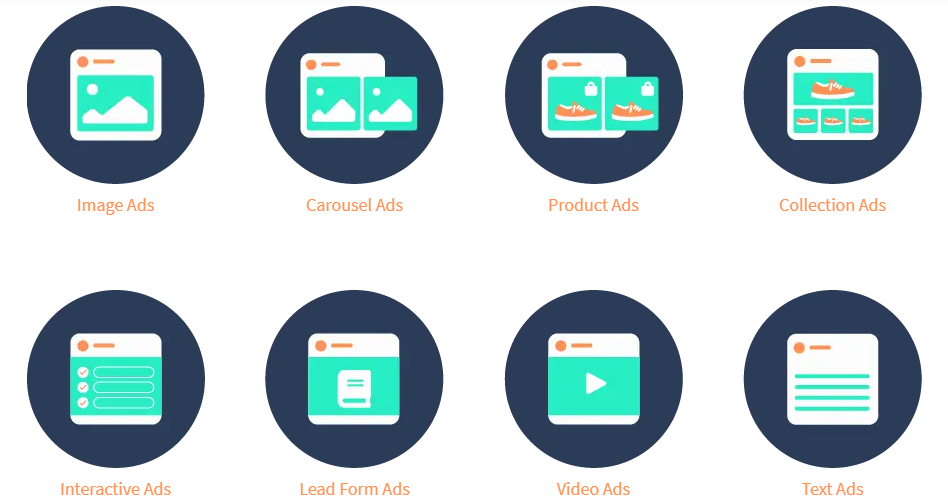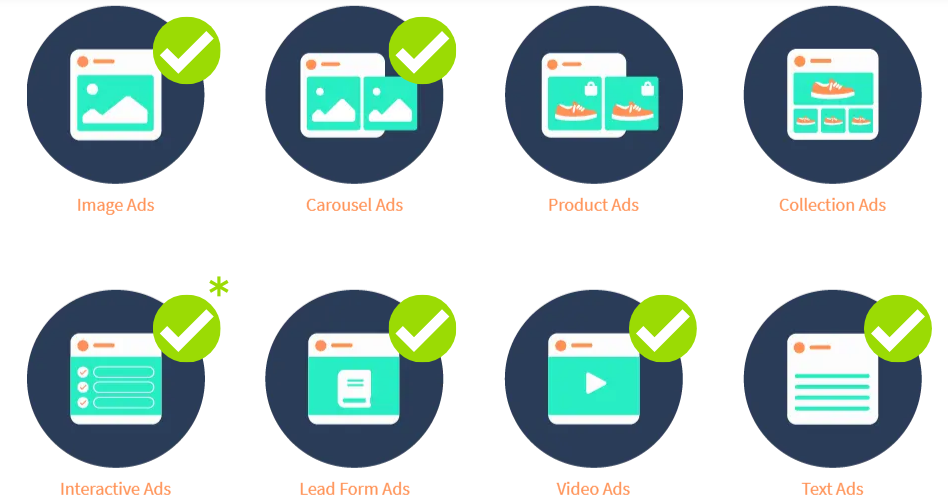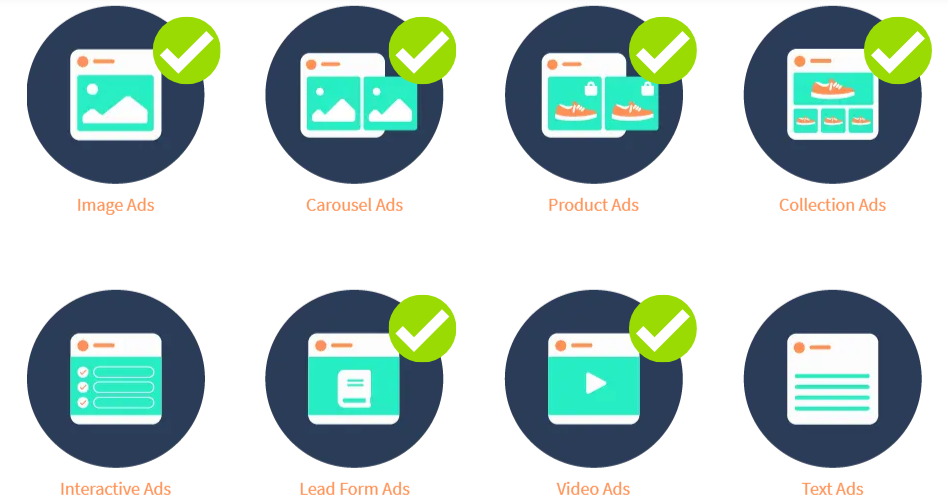Paid Social: Why It Matters & What You Need to Know

Digital trends and individual networking platforms may come and go, but social media as a whole is definitely here to stay. With its constant popularity and development, it’s an essential place to be if you want your business to have a firm online presence.
It’s also quite a competitive market, so businesses are increasingly combining the production of organic content with effective paid social ads to make sure they can keep ahead of the game.
Should you invest in paid ads on social media?
At the risk of sounding a little bit like parrots, we will say again that the power of paid media should not be underestimated. Whether we’re talking paid search ads or display ads, this platform or that platform, this digital marketing method is bound to, at the very least, improve your online presence and brand awareness.
When it comes to the advantages of social media advertising specifically, there are a quite a few things you can look forward to. Because it’s so widely used and there’s such a variety of platforms, there’s definitely an audience for every type of business. You just have to know how to do proper research to make the most of that.
As usual, we don’t want to be claiming anything without facts to back it up. So, let’s take a look at a few stats from Hootsuite’s recent report on Internet usage in the image below.

Remember, though, that the first stat does not mean that LinkedIn, Twitter, Pinterest, YouTube, Snapchat and TikTok aren’t worth advertising on. More users in general does not mean that a particular platform is the best choice for you. For example, if you’re looking to appeal to a younger audience with some colourful sneakers, it’s natural that TikTok and Instagram would be better environments to place your ad than LinkedIn.
Finally, we can point out a few of the main reasons why businesses are investing in paid social ads:
- Reasonable cost (in general)
- Accurate target audience reach
- Unique features to leverage on each platform
- Learning more about your potential customers
- Generating leads
- Great Return on Ad Spend (usually)
- Stronger brand visibility
- Increase in online and foot traffic
- Easy campaign tracking
Which ad formats are available?
Depending on which platform you decide to advertise on – and we’ll deal with the “how to” of that at a later point in this blog – you’ll have different ad types to choose from. In the image below, you can see the most common ones.
 Source: Digivizer
Source: Digivizer
Keep in mind that not every social media channel will support every ad format. For example, carousel ads are available on Facebook, Twitter, LinkedIn, Instagram and Pinterest, but not on YouTube, TikTok and Snapchat. Furthermore, image ads are support by all platforms save for YouTube.
Of course, aside from your platform of choice, the ad format depends on the type of product or service you’re advertising, as well as the exact audience you’re aiming to win over.
You can also reverse the order and determine the format first, then choose from the platforms that support it.
Where do you begin?
There are quite a few factors to consider when venturing into the world of paid media.
The first thing you should do is have at least some idea as to what your objectives are. That way, you’ll be able to narrow down the list of platforms to advertise on and search for an expert agency more effectively.
Even if you aren’t sure about what it is you want to accomplish, don’t worry; you can always consult an experienced digital agency. Be sure to check out our blog on how to choose the right PPC agency for your business as well.
Then, there’s the process of actually selecting a paid social channel. Since each platform is different, there are plenty of questions you should be able to answer to minimise the risk of making the wrong call. So, what are the questions? Let’s take a look at the essential ones:
- What products/services are you advertising?
- Who is your target audience?
- What are the demographics of each platform?
- What is the cost of advertising on each platform?
- What targeting options does each platform offer?
- What’s each platform’s primary purpose?
- How do brands normally utilise each platform?
- Which ad formats are available on each platform?
To help you get started with getting some answers, we’re going to give you a closer look into three paid social channels: LinkedIn, Pinterest, and Facebook Ads (which includes Messenger and Instagram).
Advertising on LinkedIn
LinkedIn is the top social media platform for professional networking. It’s all about brand building and recognition, business promotion and industry knowledge.
There are three categories of objectives you can choose from in a LinkedIn ad campaign: Consideration, Conversion and Awareness.
The targeting options are quite detailed, allowing you to select:
- The language of your ad.
- The location you want to target.
- The specific companies your target users work at.
- The gender and age group of your target audience.
- The target users’ educational background.
- The target users’ job experience.
- Your target audience’s interests.
LinkedIn is the ideal platform for B2B advertising, and it’s an excellent choice if you want to accomplish one or more of the following goals:
- An increase in brand awareness
- An increase in website visits & engagement
- Lead generation
- Higher conversion rate
- Expanding your audience & more potential clients
The image below shows which ad formats are supported on LinkedIn.

It’s important to emphasise that interactive ads can come in different shapes. On LinkedIn, they take the form of message ads and conversation ads.
There is also a category called “Dynamic ads” that is specific to LinkedIn. It includes job, follower and spotlight ads.
As for cost, the minimum bid for both CPC (cost per click) and CPM (cost per 1,000 impressions) is 2$.
Pinterest ads
Pinterest is a platform where users can create so-called pins and boards and do some online shopping. The term “pin” essentially refers to content (image or video) that inspires a user, while the “board” is a virtual collection of pins sorted by category.
It’s a fantastic platform to leverage for businesses in sectors that rely heavily on visuals, such as: fashion, cosmetic industry, photography, cooking, arts and crafts, carpentry, interior & exterior design, etc. Of course, this does not mean that businesses in other industries cannot succeed by advertising on Pinterest; as long as you have enticing high-quality visuals that are guaranteed to attract a new customer base to your business, definitely consider it!
Below are the ad formats supported by Pinterest.

An interesting addition is the so-called “Promoted App Pin”, which looks like an image ad (Promoted Pin) or video ad (Promoted Video), but links to an app store URL that lets users install an application.
You can target audiences based on age, gender, interest, keywords, location, device and language. You can also retarget your previous audience, as well as target new people that behave similarly to them.
Pinterest is also quite budget-friendly. If you’re using a CPC model, you can pay as little as 0.10$. If you’re paying based on a CPM model (cost per 1,000 impressions), you can expect to pay around 2-5$.
Facebook Ads
Facebook Ads allows you to place ads wherever you want on Facebook, Instagram, Messenger and the Audience Network.
You can create image, video, carousel, collection, product and interactive ads and place them on the Facebook news feed, video feed, Messenger inbox, stories feature on all three platforms, IGTV, etc., depending on the format, goal and target audience.
Speaking of targeting – the options allow you to define Core, Custom and/or Lookalike Audiences. With the so-called Core Audience, you can target users based on criteria such as location, behaviour, age, gender, education, job title, interests and hobbies, and connections.
Custom Audiences consist of people who have already shown interest in your business. These can be people who have purchased from you before or people who have merely visited your website or used your app.
Finally, Lookalike Audiences consist of people who are similar to your current customers, therefore being quite likely to be interested in your products and services.
The cost of advertising through Facebook Ads can be as little as 0.25$ per click and 2$ per 1,000 impressions (CPM).
Summary
As you can see, paid social presents a sea of opportunities for your brand to develop, your traffic to grow and your sales to increase. You now know some of the most important benefits of social media advertising, as well as some basic information about LinkedIn advertising, Pinterest ads and the Facebook Ads platform.
If you would like to learn more about paid social or begin advertising on social media in this way, feel free to reach out to us. Digital agency GRM Digital is here to help you in all things paid media/PPC!
